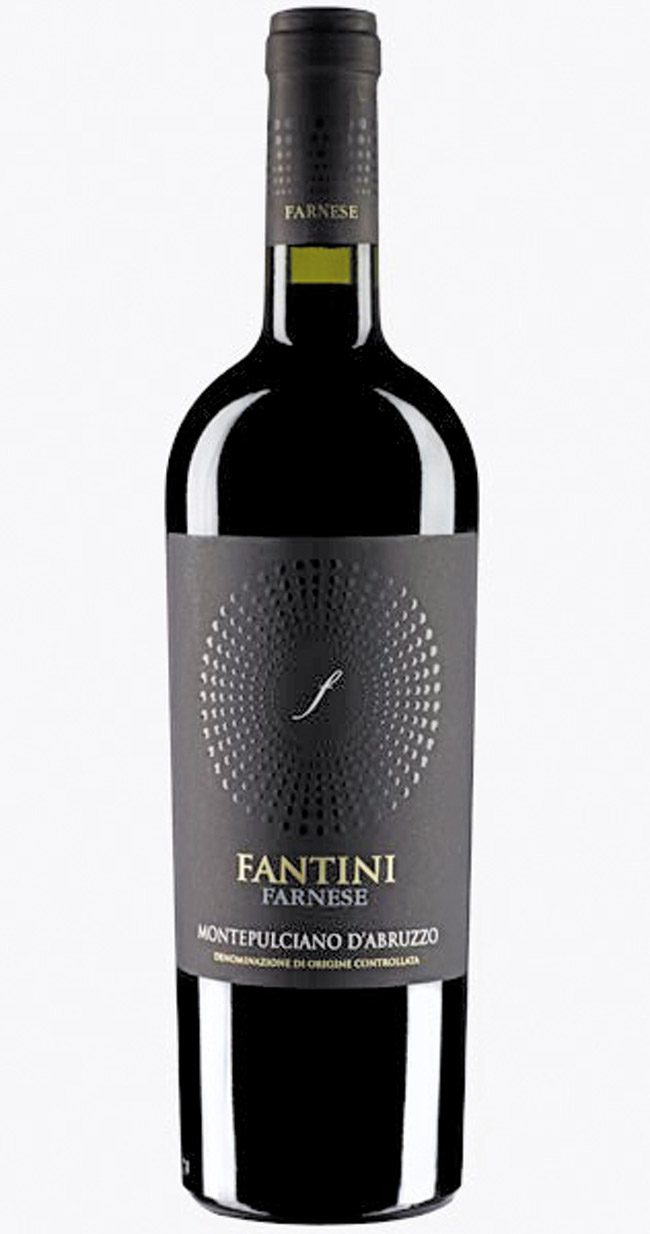The Elite 1 Percent Of The Wine World
I like the 1 percent. Numbers show that, of all the wine produced in the world, a mere 1-3 percent of it has the ability to age or is meant to age beyond a year of its harvest. That is hard to imagine, considering the majority of wine that I write about or even other writers, critics and magazines concentrate on is that top 3 percent. Entire auction houses’ businesses are predicated solely on the top 1 percent.
So what about the rest of the 97-99 percent?
The rest of that wine is meant for immediate to early consumption. There are millions of gallons of wine consumed even before their first birthday.
In the U.S., we are not as familiar with wines sold in bulk or from the barrel, but in Europe it is common to go to a cellar, caviste or wine store to fill up your own container (jug, bonbon, plastic jar) with a very simple yet enjoyable wine that was made with the most recent harvests’ grapes.
The grapes never are mentioned — it is simply white, red or rose. There is no vintage date on the wine either. In France, this wine would be labeled Vin de France or Vin de Table. Each European Union country has them. In Germany and Austria, there are bars/pubs that serve wine that is still in its fermenting stage called “heurige.” It is part of the wine culture in many areas.
Take a look at some of the most popular wines today and you will find a bunch that fall into the 97 percent category.
Moscato d’Asti, for instance, you must drink within a year of the vintage or you will lose the fruitiness and fizz that you bought it for. Dry Rose, extremely popular and still growing in popularity, is another wine that you should drink as fresh and lively as possible.
Virtually any dry white wine that sells for $10 or less or has a screw cap for a closure is meant to be drunk upon purchase.
And what about red wines? More than 1 million cases of Beaujolais Nouveau are sold overnight on the third Thursday of November each year. Add to that the millions of cases of regular Beaujolais and include the aforementioned sub-$10 category for red wines, and you have a massive number of cases.
Take a look at our drinking habits in the U.S., and you will see that 95 percent of the wine bought from a wine store is consumed within 24 hours of purchase.
Yes, all that wine making its way to grocery stores, clubs and fine-wine stores has the highest chance to be opened within a day. How many of us have a dedicated “cellar” to age our wines? I would guestimate that about 3 percent of the drinking public actually owns a refrigerated cellar for aging purposes.
I guess it is easy to say that anyone would prefer to drink the top 1-3 percent, yours truly included. However, not everyone can or does. But if you do drink the wines that I write about and recommend, just know that you are part of that top echelon as well.
Recommendations: 2013 Zaccagnini Pinot Grigio($16) Yes, this is the wine with the vine cutting on the bottle — you can’t miss it and it is not just packaging. This wine has snap, warm citrus tones and a gulpability factor that is off the charts. It is great for chillaxing and complements any Mediterranean-style salad or fish preparation. You can find it at Foodland and Tamura’s Fine Wine. 2013 Fantini Montepulciano d’Abruzzo ($12) This vibrant red is one of those wines you imagine coming out of a carafe in some trattoria in Italy. It sings with pleasant fresh red and black fruits combined with a candied note of sweeter fruit on the palate. This is a non-academic wine meant simply for pleasure and relaxing. It is great with salumi and cheeses, or would do well with a nice pork chop marinated in herbs and grilled! You can find it at Fujioka’s Wine Times.
Roberto Viernes is a master sommelier.
rviernes@southernwine.com
Twitter: @Pinotpusher






